Siting solar & transmission easements?
December 4th, 2020
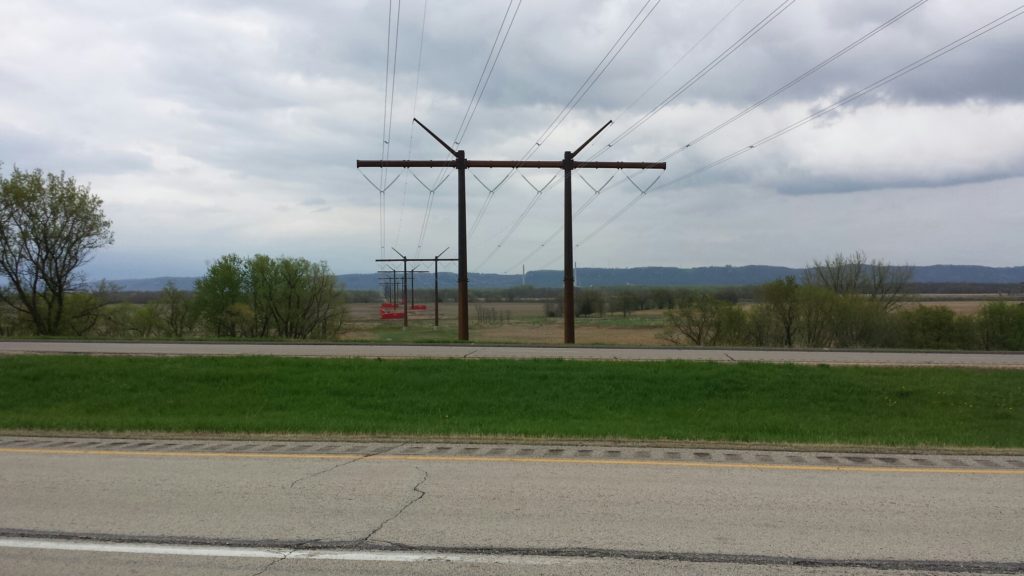
Brainfart today while working on Data Requests.
NextEra’s Grant County Solar Energy Center Citizen Concerns and Their Justifications
If you’re wanting to site solar on land, rather than on rooftops, wouldn’t transmission easements be a logical place to site solar?
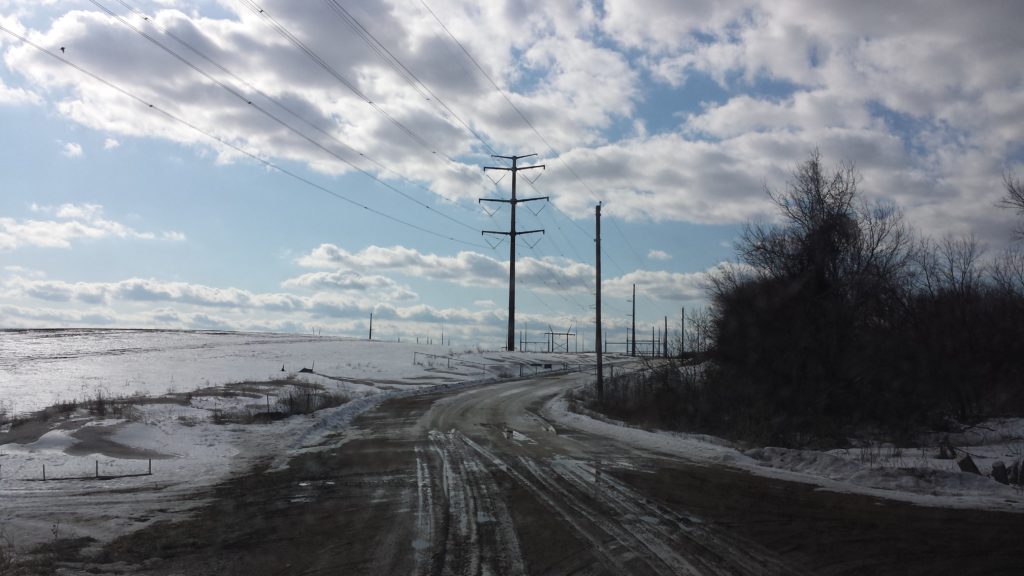
Some lines have distribution underbuilds for convenient interconnection, and many have distributions crossing at various points, for convenient interconnection.
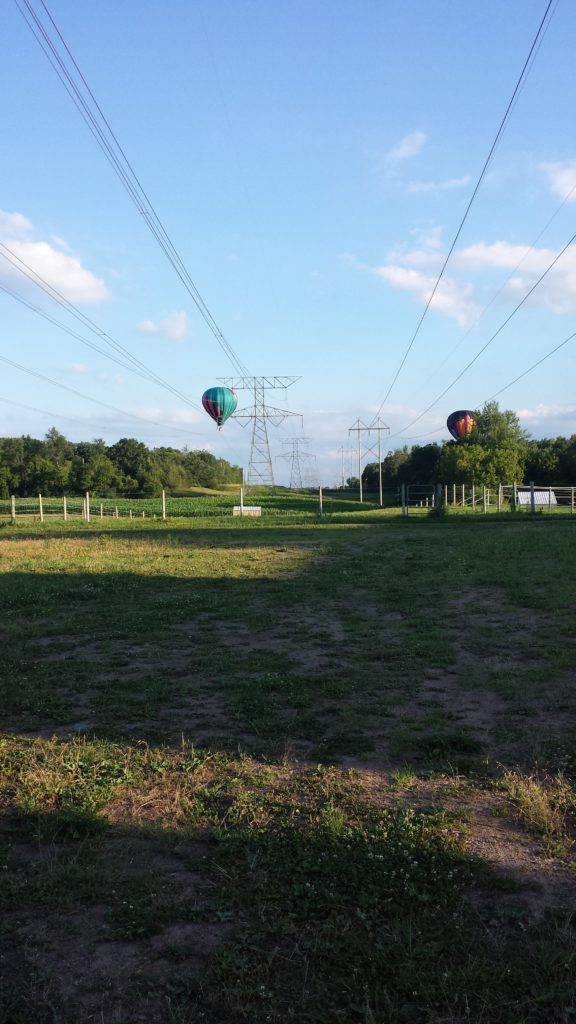
Trees have been cleared, and clearances should be sufficient to allow for low arrays.

Why not? Do tell…
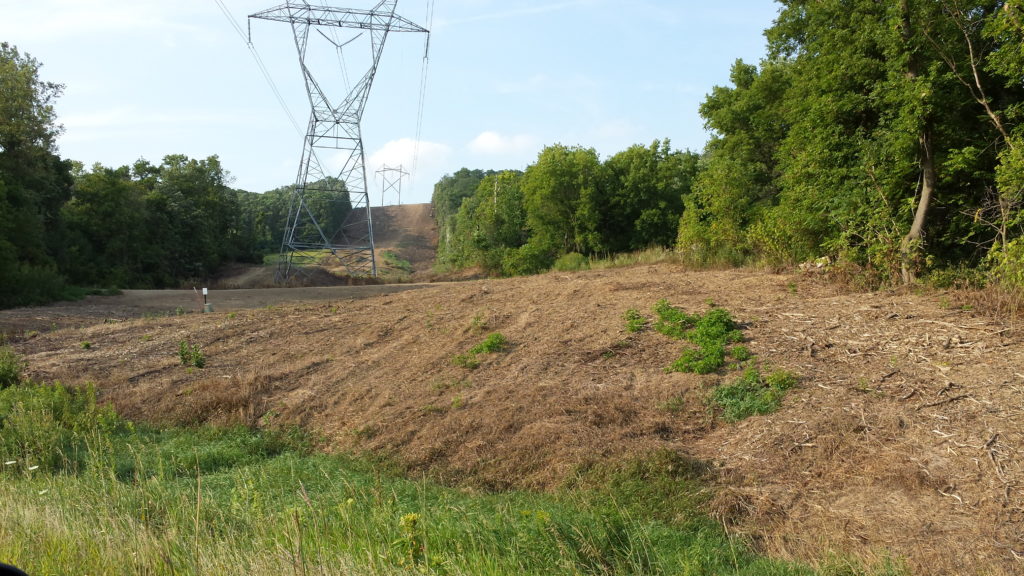
From wind siting, I know that siting decisions are often backwards, and with solar, that is certainly the case. They get the land first, and then figure out how to connect. Distributed solar isn’t even considered, siting near load isn’t even considered. There are better ways to do this.
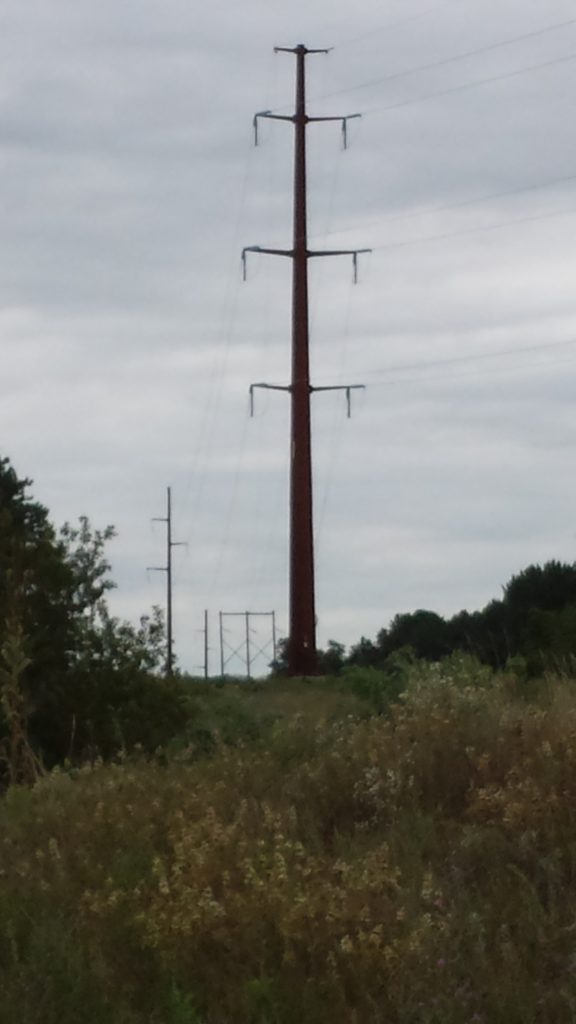
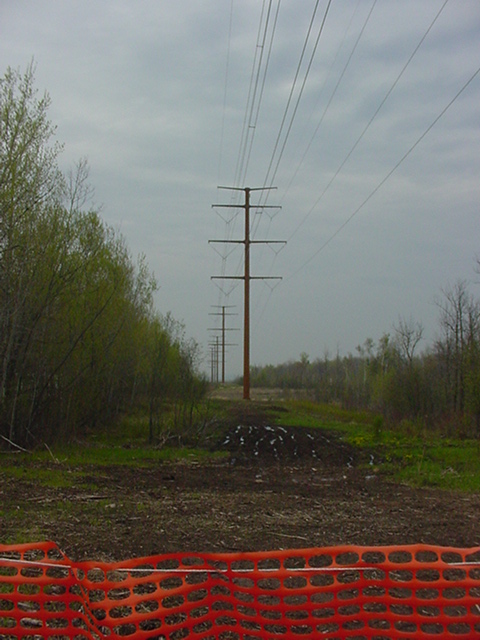
OLA Report on PUC
July 27th, 2020
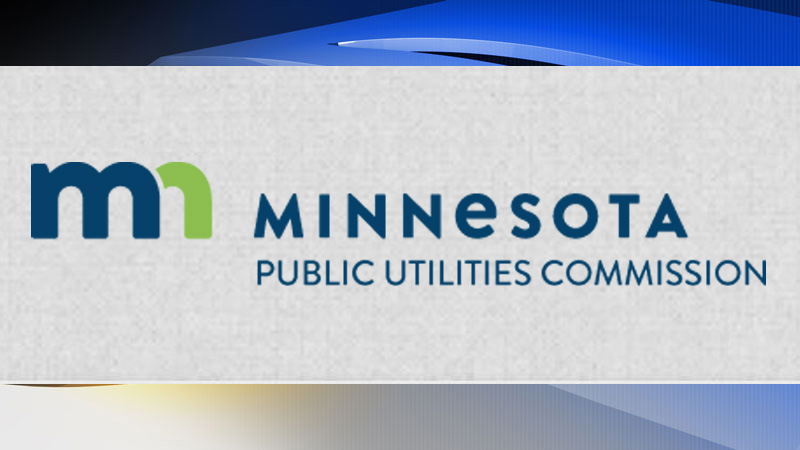
Hot off the press from the Office of the Legislative Auditor, its report:
In short:

And it’s in the STrib:
Minnesota’s state watchdog agency dings utilities commission on dealings with public
A Most Bizarre PUC Meeting!
July 17th, 2020
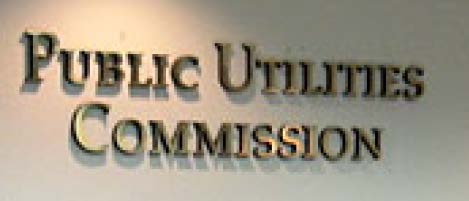
Freeborn Wind was on the Commission’s agenda yesterday:
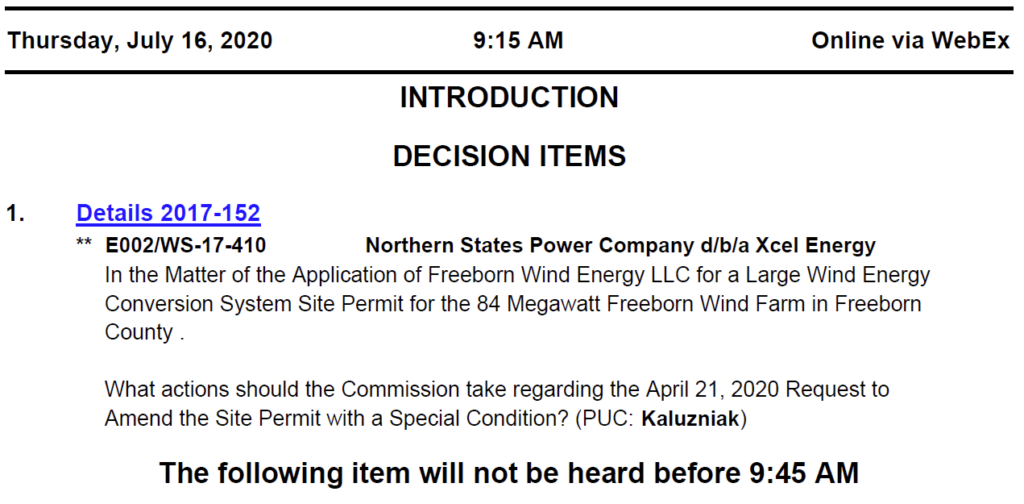
Note the narrow issue, “What actions should the Commission take regarding the April 21, 2020 Request to Amend the Site Permit with a Special Condition?“
Suffice it to say, the meeting went off the rails… You have to listen to this to believe it (this old fart managed to youtube it!). Commissioner John Tuma’s going rogue moment is forever preserved:
The day before, less than 24 hours before the meeting, Commissioner Tuma filed this, and note, it was eFiled, but it was not served, was NOT on the agenda, was not related to the agenda item for this docket, and was only received by subscription, no 10 day notice, and no notice to Oakland and London townships, and parties had NO opportunity to participate in this “discussion” of Tuma’s “Motion” to pre-empt local control (earth to Mars, Minn. Stat. 216E.08, Subd. 2 anyone?):
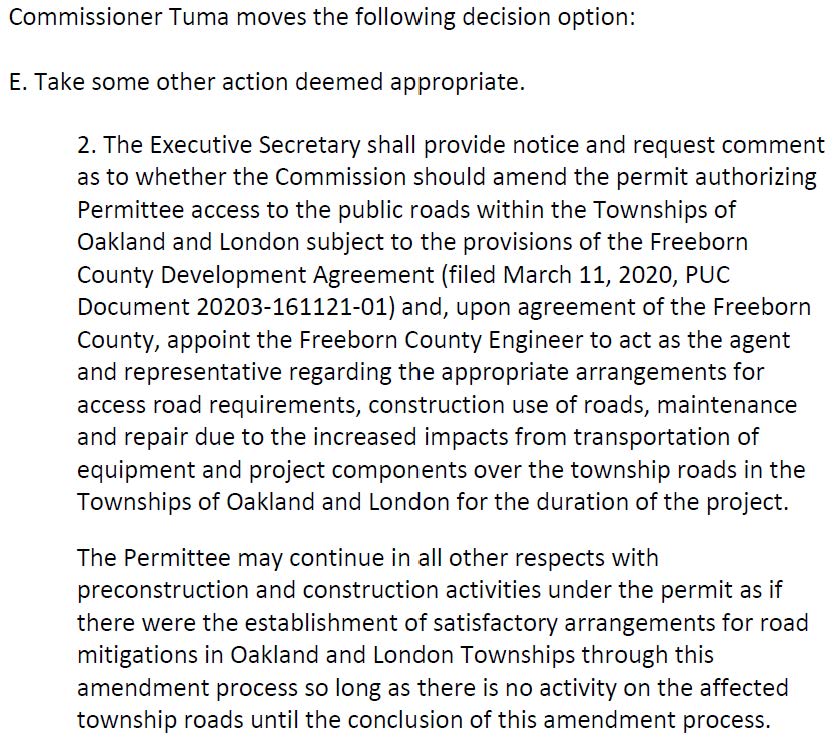
So, on that note…
… and from Oakland and London townships:
And my comments to “Host” as this was going on, and again, we were shut out:

Listen to the snippet of the meeting, above, OMFD!

Freeborn Wind Reconsideration
May 1st, 2020
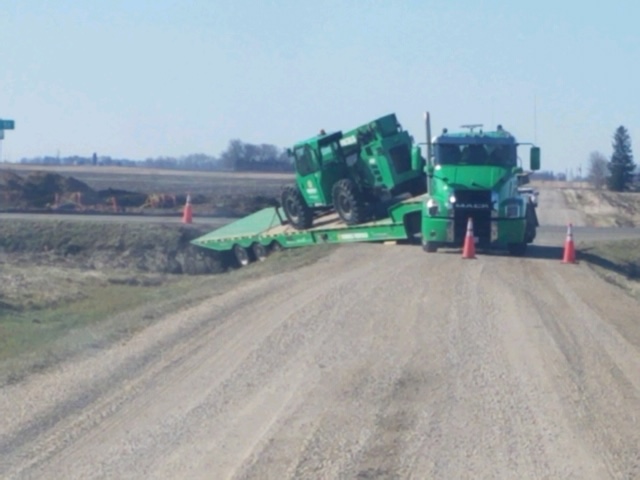
They’re starting construction, too early, not following procedures, and yes, starting to move ground around, and, well, not doing a great job of it. That’s a matter for another day.
Association of Freeborn County Landowners has filed its Motion for Reconsideration, and Xcel Energy has filed their response:
Someday soon the Public Utilities Commission will give Notice and have a meeting about this… if not, in 60 days, our Reconsideration will be deemed denied, and it’s off to the Appellate Court once again!
PUC’s Freeborn Wind Order Amending Xcel Site Permit and Denying AFCL’s EAW Petition
March 31st, 2020

It’s out, the Minnesota Public Utilities Commission’s Order both rejecting Association of Freeborn County Landowners’ Petition for Environmental Assessment Worksheet and approving the Xcel Energy site permit amendment.
The Commission meeting amending Xcel Energy’s permit as requested was back on December 19, 2019, and the Commission’s deliberation and “decision” rejecting the AFCL Petition for an EAW was February 6, 2020:
Per the EQB rules (Minn. R. 4410.1100, Subp. 6), the Commission was supposed to issue an Order and Record of Decision WAY BACK, but didn’t. We appealed their “decision.”
AFCL appeals PUC denial of EAW Petition
This new order (20203-161639-01_Order-Site Permit Amendment and Denial of AFCL Petition for EAW) has many statements, some pretty wild ones, but I don’t see what ought to be there.
It’s time to get out the magnifying glass for a careful read. AFCL, this means all of us!!!